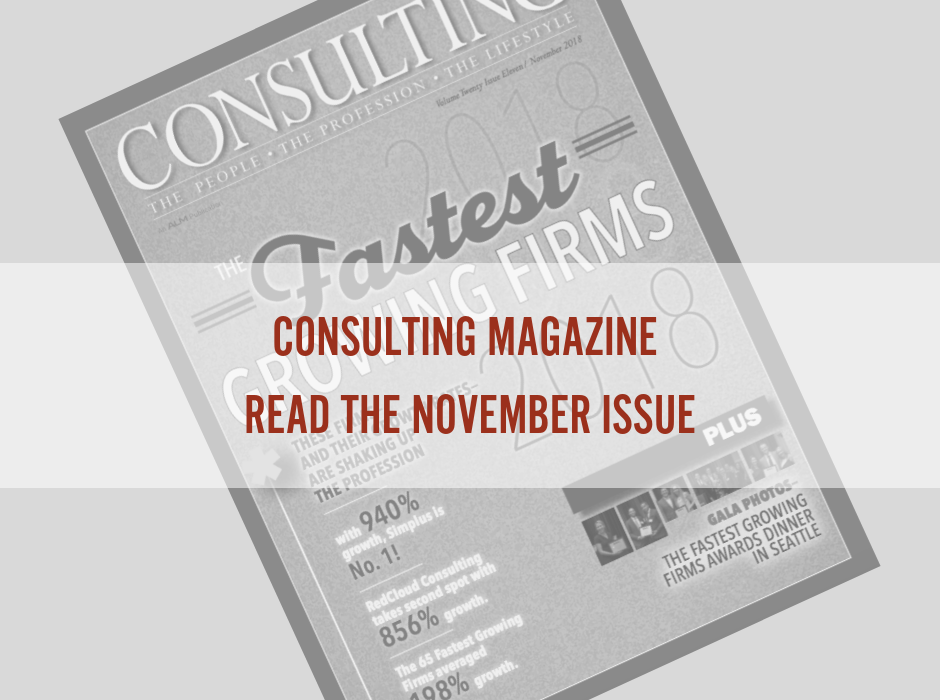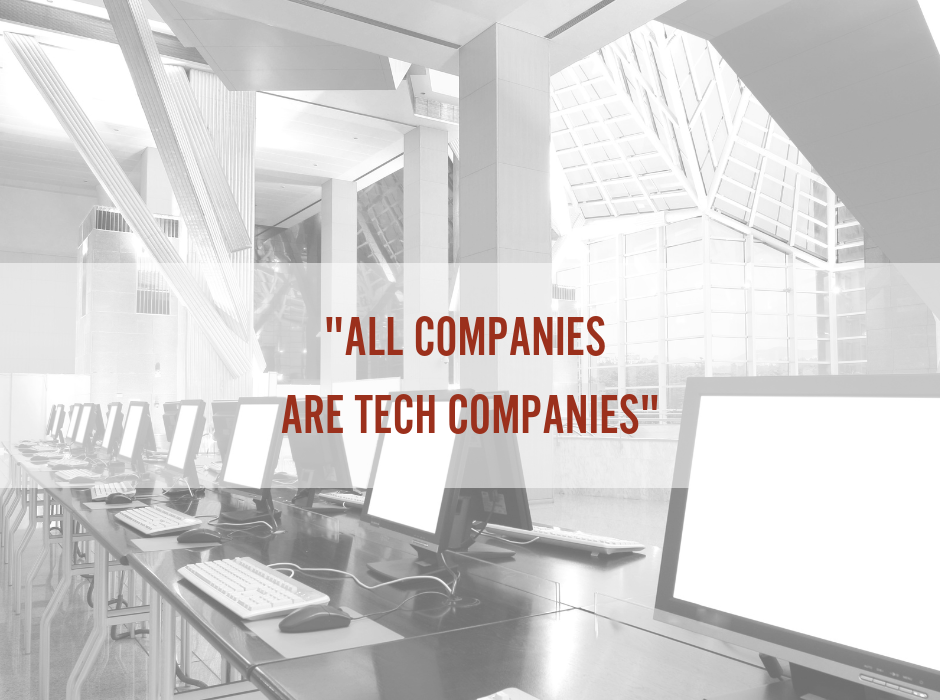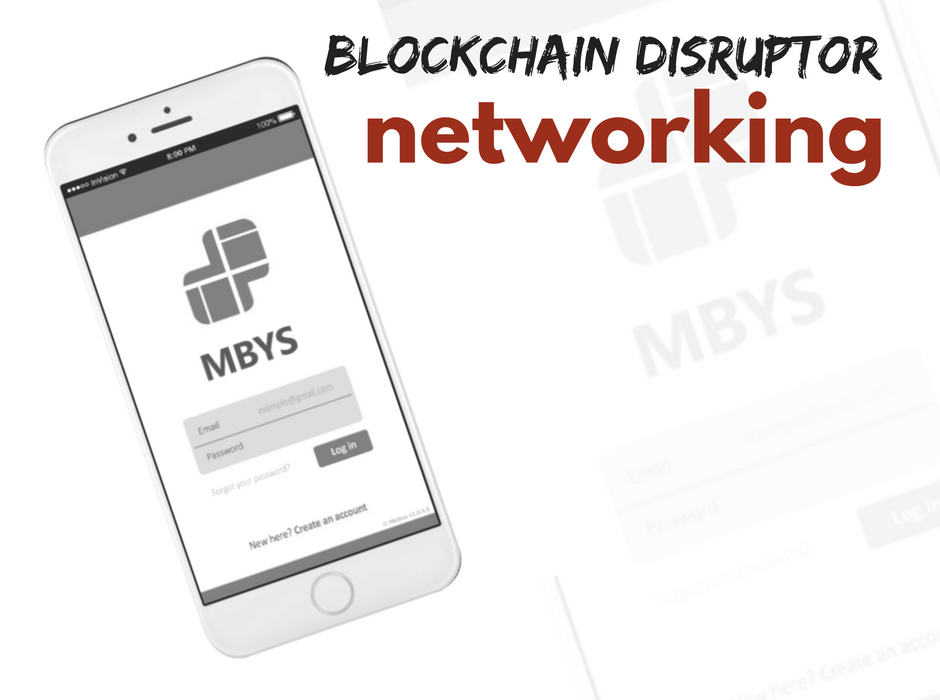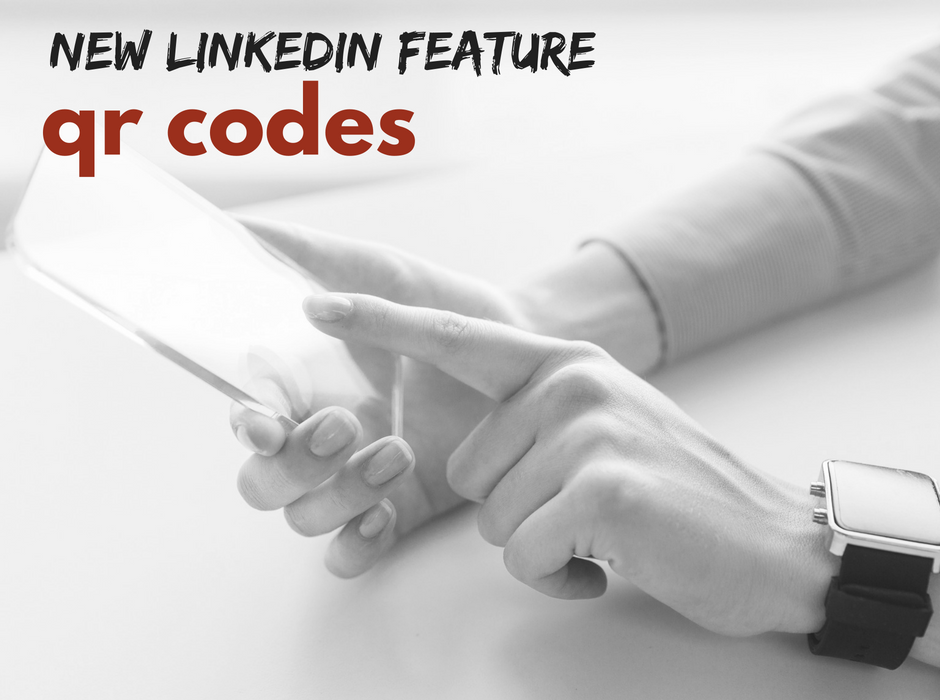LinkedIn Live Launched
LinkedIn recently launched its first live video tool, giving people and organizations the ability to broadcast real-time video to select groups or to the LinkedIn world at large.
Launching in beta first in the U.S., LinkedIn Live (as the product is called) will be invite-only. In coming weeks, LinkedIn will also post a contact form for others who want to get in on the action. Learn more here.










